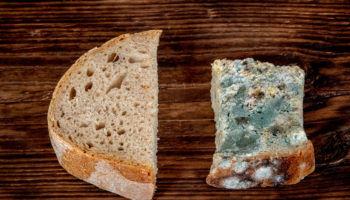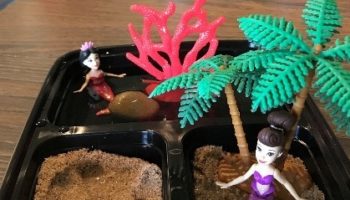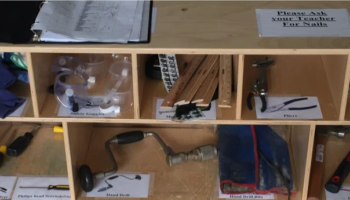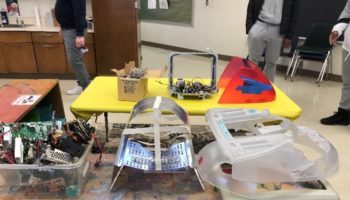Kelli Harris
This blog article is really about a box of junk. Old wires, cables, computers, routers, circuit boards, you get the idea. Does everyone have a drawer filled with these? (Please tell me I’m not the only one.)
This all started one evening, when I was scrolling on my local Facebook Buy Nothing page (more on that below) and a woman in my community posted the following: “Ask: Looking for unwanted wires. Ethernet cables, telephone wires, etc. Circuit boards and any kind of routers too! My kid likes to play with them.” I literally got excited and knew exactly how to help this lady out. I went to my gadget-loving husband. This man saves all of this stuff like it’s his job.
When I asked him if he had anything like this, he was like “Sure. What for?” I told him about a woman on the Buy Nothing page who wanted some items for her child to play with. The next day he started compiling a box and told me to tell the lady the following: “My husband is thrilled to give this to someone to tinker with. He said when he was a kid, he used to go around the house and cut cords off things to play with. He said he used to get into a lot of trouble for doing so.”
Her response: “OMG, yes! Thank you! That’s kind of what spawned this post. We had a spare telephone cord balled up in a corner coming out of the floor and he was trying to pull it out. He had a meltdown when we wouldn’t let him.” I also told her that I work in the early childhood field and that I loved this idea.
It’s so important that children have hands-on activities to build on their interests. The “tinkering” approach can open up new possibilities for children, as it allows them to really use their imagination. According to Cate Heroman, author of Making and Tinkering with STEM: Solving Design Challenges with Young Children, she describes three elements that go hand in hand: tinkering, making, and engineering. “Tinkering is “using stuff,” the open-ended exploration of materials, generally an internally motivated process. This is the platform for the concept of making, which is just what you’d think—creating something from an idea in your mind. Engineering is defined as adding external constraints to this process—the creation “does stuff” and involves a problem to be solved.”
I was happy to clean out a drawer or two and happily help spark a child’s imagination in the process. What are some things you might have in your house that you would like to get rid of, and rather than trash them, could be repurposed to help a child develop their imagination?
Side Note: If you are not familiar with your local Buy Nothing Project Facebook page, click on the link below! You can give (or ask) for almost anything, for FREE! It is a great way to get materials for your program, as well as give away items you no longer need.
BNProject | Home (buynothingproject.org)
Making and Tinkering at Home | NAEYC
Tinkering Our Work: Early Childhood Tinkering | Exploratorium




